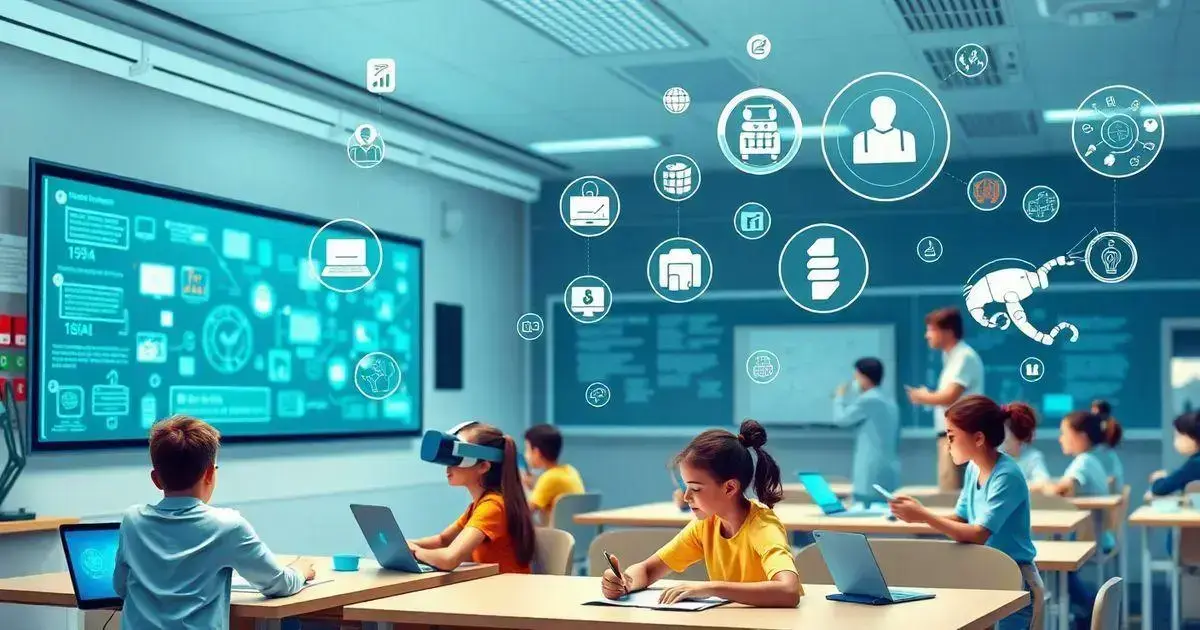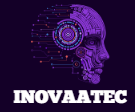Innovation in Education Technology is transforming the way students learn and teachers educate. By leveraging advanced tools and techniques, classrooms are becoming hubs of interactive and personalized learning experiences.
From AI-driven platforms to virtual reality simulations, these innovations are bridging gaps and tailoring education to individual needs. They empower educators with better resources and students with engaging, hands-on opportunities.
Want to explore how these advancements are shaping the future of learning? Keep reading to discover the impact and potential of education technology in today’s evolving academic landscape.
The Impact of Technology on Learning
The impact of innovation in education technology is profound and multifaceted. Access to resources beyond traditional textbooks has transformed how students gather information and learn.
Interactive tools enhance engagement, allowing students to actively participate and improve knowledge retention. Additionally, innovation in education technology fosters collaboration through virtual classrooms, connecting students from diverse backgrounds.
This also develops teamwork skills via discussion forums and group projects, preparing students for real-world collaboration. Teachers benefit by creating personalized learning experiences tailored to student needs.
Data analytics helps identify struggles, enabling timely interventions and effective support. Furthermore, innovation in education technology provides flexibility, helping students balance academic and personal commitments.
Distance learning options, such as MOOCs, break geographical barriers, making education accessible to a wider audience.
Key Innovations in Education Technology

Innovation in education technology has transformed classrooms into dynamic learning environments. Interactive tools such as smart boards and educational apps engage students more than traditional methods. These resources provide instant feedback, enabling teachers to tailor lessons to individual needs.
Gamification elements have also made learning fun and competitive, motivating students to excel. Furthermore, technology allows for remote learning, giving access to quality education regardless of location. This flexibility is crucial for those who may struggle with traditional schooling.
Overall, the incorporation of technology in education promotes creativity and collaboration, essential skills for the future.
Benefits of Integrating Technology in Classrooms
Integrating innovation in education technology into classrooms offers numerous benefits that enhance the learning experience. It provides access to diverse educational resources that cater to various learning styles, allowing students to engage with interactive content for more effective and enjoyable lessons.
Secondly, innovation in education technology fosters collaboration among students through online platforms, enabling them to work on projects together and share ideas seamlessly.
Additionally, it equips teachers with tools to monitor student progress using data analytics, helping identify areas for improvement and tailoring support accordingly.
Finally, innovation in education technology prepares students for a digital future, developing essential skills for the modern workforce. By embracing these advancements, we can create a more dynamic and inclusive learning environment for everyone.
Challenges Facing Education Technology Today

While the benefits of education technology are undeniable, its implementation comes with significant challenges. One notable issue is the skepticism and discomfort among some educators.
Many feel unprepared or inadequately trained to use new tools effectively, which can hinder adoption and limit the potential of technology in the classroom. Providing ongoing training and support is essential to help teachers confidently embrace these advancements.
Accessibility remains a persistent concern. Not all students have access to reliable internet or modern devices at home, creating a digital divide that leads to unequal learning opportunities. Schools and governments must prioritize initiatives to ensure that technology is accessible to all learners, regardless of their socioeconomic background.
Another issue is the rapid pace of technological change. Schools often struggle to keep up with the latest tools and trends, leaving many unable to fully integrate the most effective solutions into their curricula. Allocating resources for regular updates and professional development can help bridge this gap.
Additionally, data privacy and security concerns are increasingly prevalent. With the use of various digital platforms, protecting sensitive student information becomes a critical task. Schools must establish clear policies and invest in secure technologies to safeguard data while maintaining functionality.
By recognizing these challenges and fostering collaboration among educators, administrators, and policymakers, we can develop strategies to address these barriers. This collective effort can ensure that education technology continues to enhance teaching and learning while promoting equity and security for all stakeholders.
Future Trends in Education Technology
The future of education technology is filled with exciting possibilities for both students and teachers.
One significant trend is the growing use of artificial intelligence (AI) to personalize learning experiences. AI can adapt to individual learning paces and styles, delivering customized resources that enhance comprehension and retention.
Virtual reality (VR) is another transformative development, offering immersive classroom experiences. With VR, students can explore environments and concepts in ways that make learning more interactive and engaging.
Blended learning models are also gaining momentum, seamlessly integrating online and traditional methods to provide greater flexibility. Additionally, data analytics is becoming a key tool for educators, enabling them to track student progress effectively and refine curricula to meet evolving needs.
Together, these advancements are reshaping the way we educate, paving the way for a more dynamic and inclusive learning experience for future generations.
Case Studies of Successful Implementation

Many schools have successfully implemented technology to improve learning outcomes. For instance, a school in Johannesburg adopted a blended learning approach, combining traditional teaching with online resources. Students reported higher engagement levels, and teachers could track progress in real-time.
Another successful case is a rural school using tablets to provide access to educational material that was previously unavailable. This initiative not only enhanced learning but also bridged the digital divide.
Additionally, a large university integrated learning management systems to streamline course delivery. Students appreciated the flexibility and ease of communication with instructors.
These case studies demonstrate the positive impact of integrating technology in education.
Shaping the Future of Education Through Technology
Embracing innovation in education technology is essential for enhancing learning experiences. As we have seen, integrating tools like AI and virtual reality provides numerous benefits.
These technologies not only engage students but also offer personalized learning paths that suit individual needs. The successful case studies prove that when implemented effectively, technology can bridge gaps and foster collaboration among students and teachers.
As we move forward, it is crucial to address the challenges that come with educational technology, ensuring that every student has access to these resources.
By staying informed about future trends and continuously adapting, we can create a more dynamic, inclusive, and effective educational environment.
